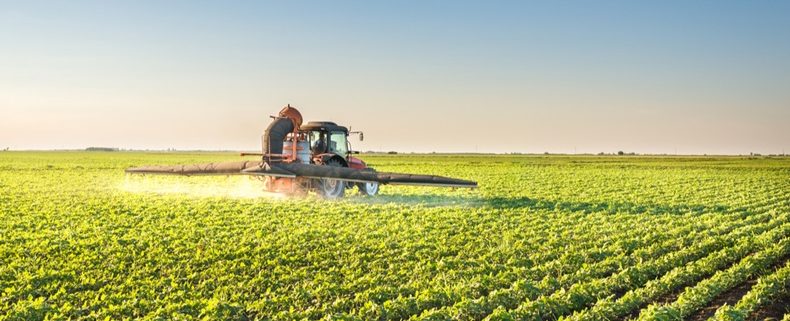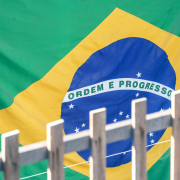During the 8th World Water Forum recently held in Brasilia, the Food and Agriculture Organization of the United Nations (FAO) presented the results of their study titled: Sustainable Irrigated Agriculture in Brazil: identifying areas of priority. In the study, FAO estimates that the irrigated area of Brazil could increase to 11.5 million hectares by 2024, or a 65% increase in just over six years. In their most recent estimate, the Brazilian National Water Agency (ANA) estimates that in 2015 Brazil had 6.95 million hectares of irrigated agriculture.
Initially, FAO identified 27.5 million hectares of land in Brazil that could be brought under irrigation, but they then discounted nature reserves, urban areas, areas already irrigated, permanent protected areas, areas earmarked for preservation, and other criteria. In the end, FAO identified 12.4 million hectares of potential irrigated land in 1,124 municipalities.
From that initial estimate, they then identified 4.5 million hectares that could be brought under irrigation with minimal investments and the least potential for conflicts over water. They gave priority to municipalities with good infrastructure, adequate grain storage, and experience with irrigated agriculture.
During the meeting, the FAO representative in Brazil indicated that Brazil contains 12% of the surface fresh water in the world and that agriculture accounts for approximately 70% of the fresh water consumed in the world.
FAO estimated that the world’s population will increase to 9.1 billion by the year 2050 and that agricultural production will need to increase 70% by that time to meet the minimum food requirements of the expanding population.
The study was conducted in cooperation with the Brazilian Ministry of Agriculture and the Agriculture and Livestock Confederation of Brazil (CNA).




